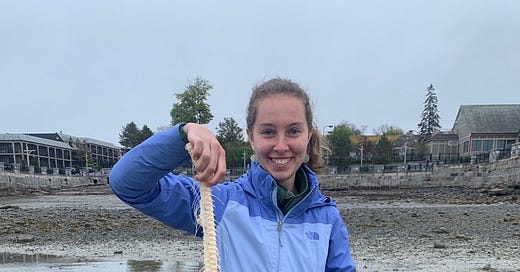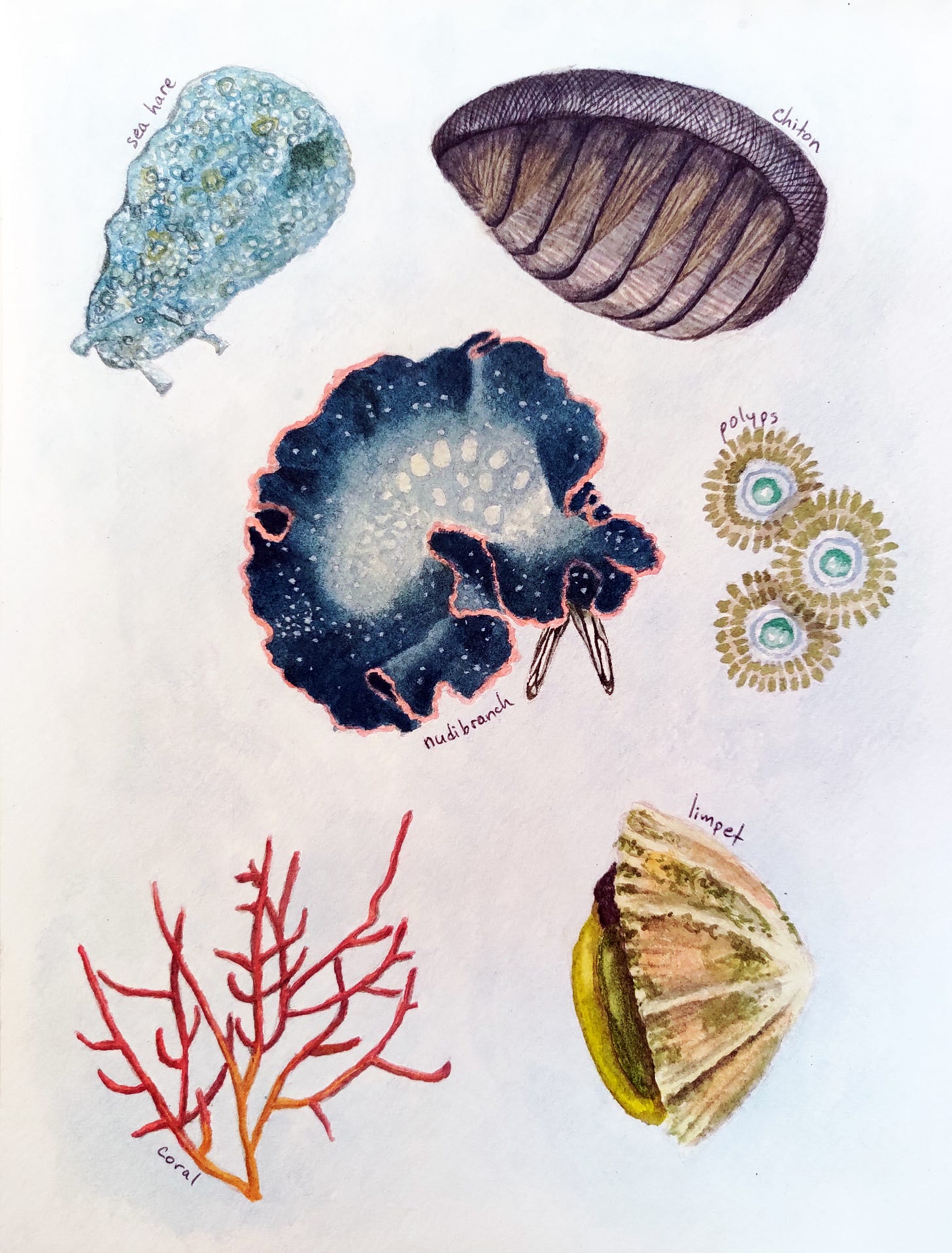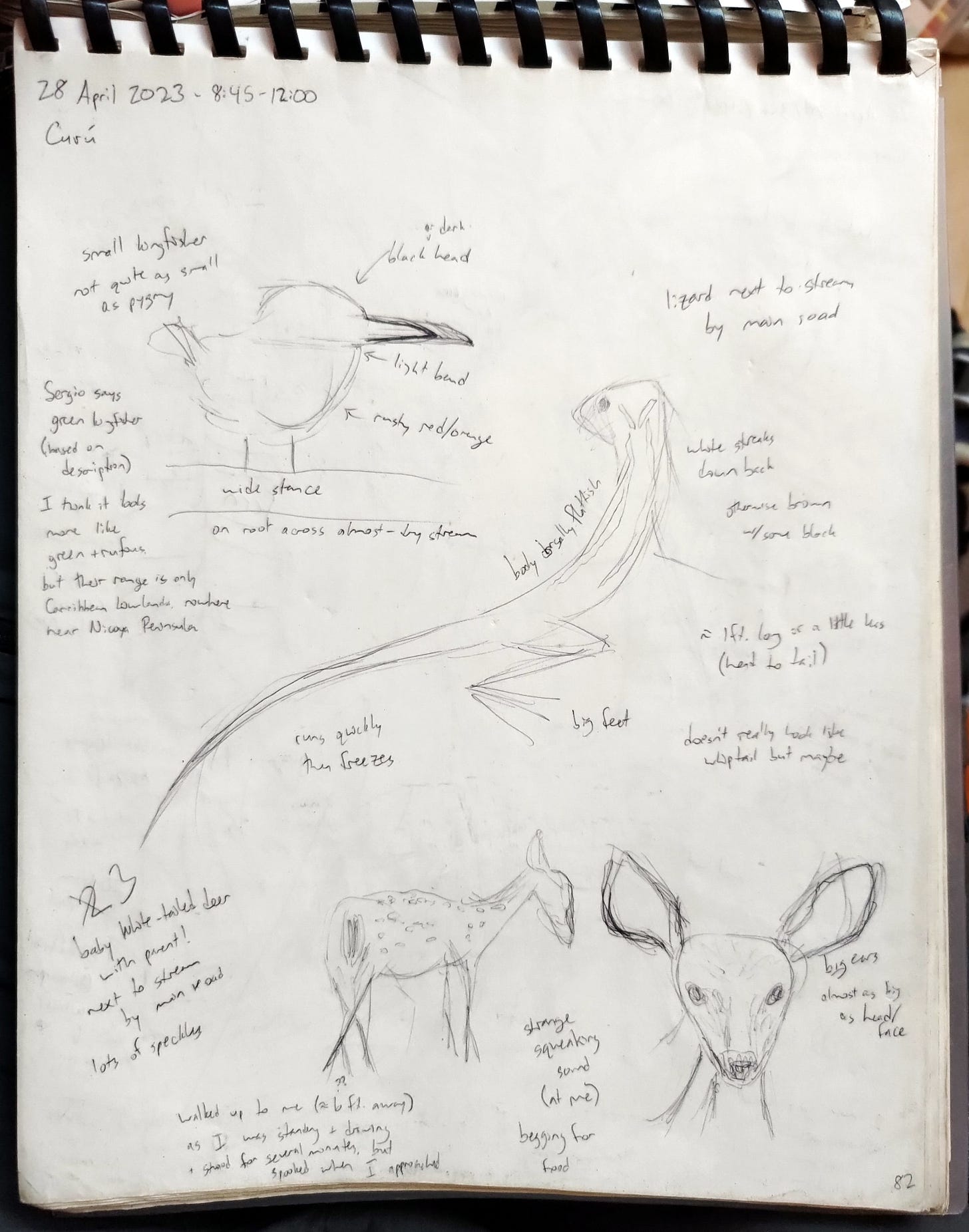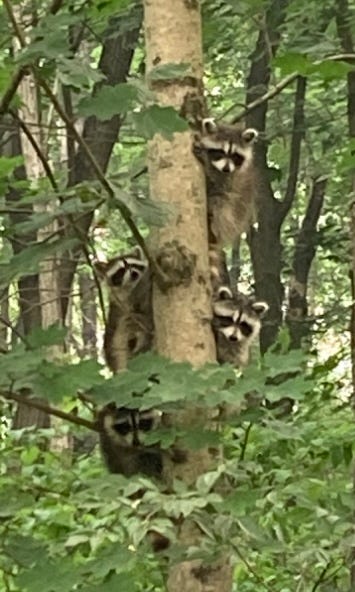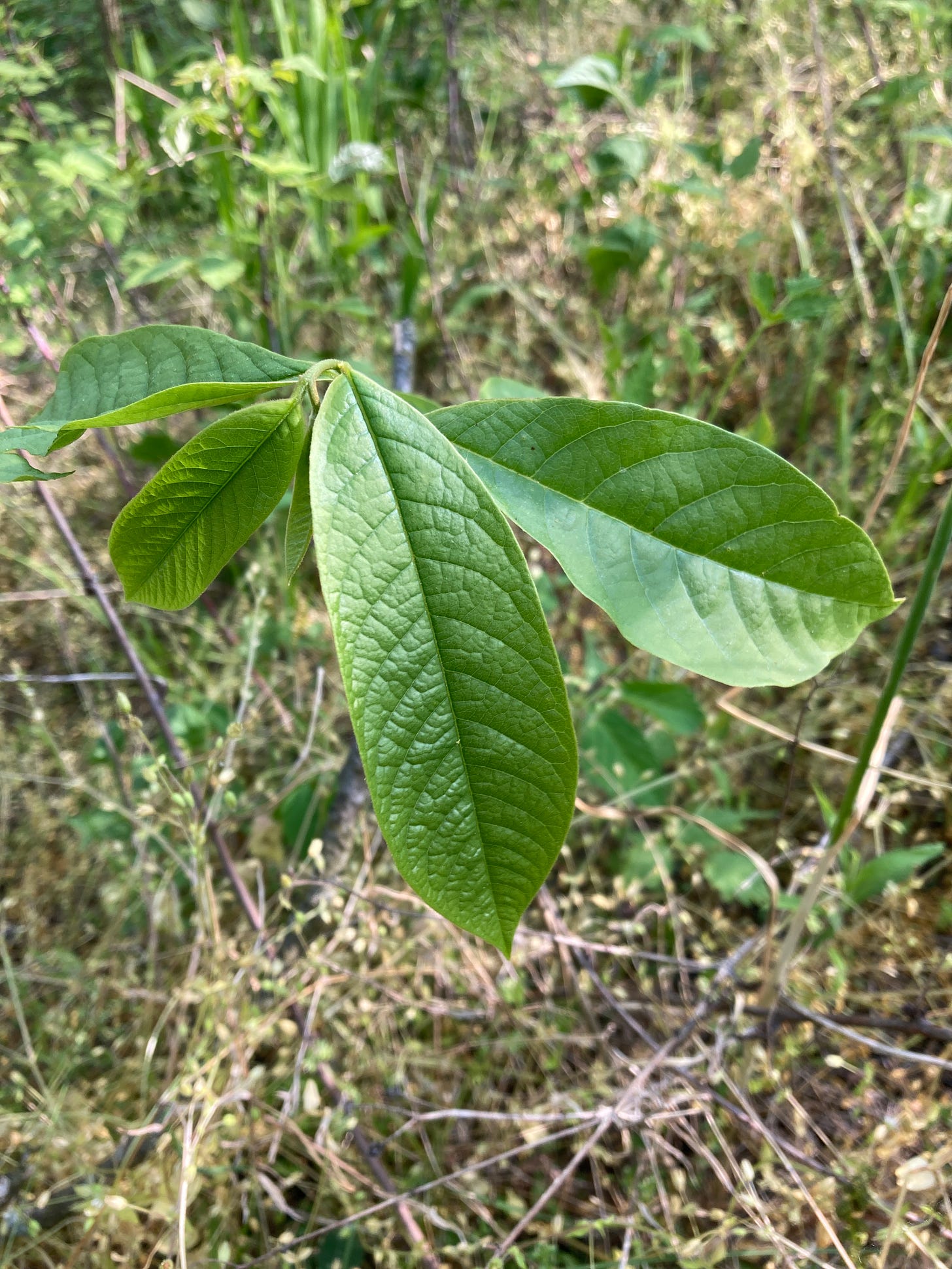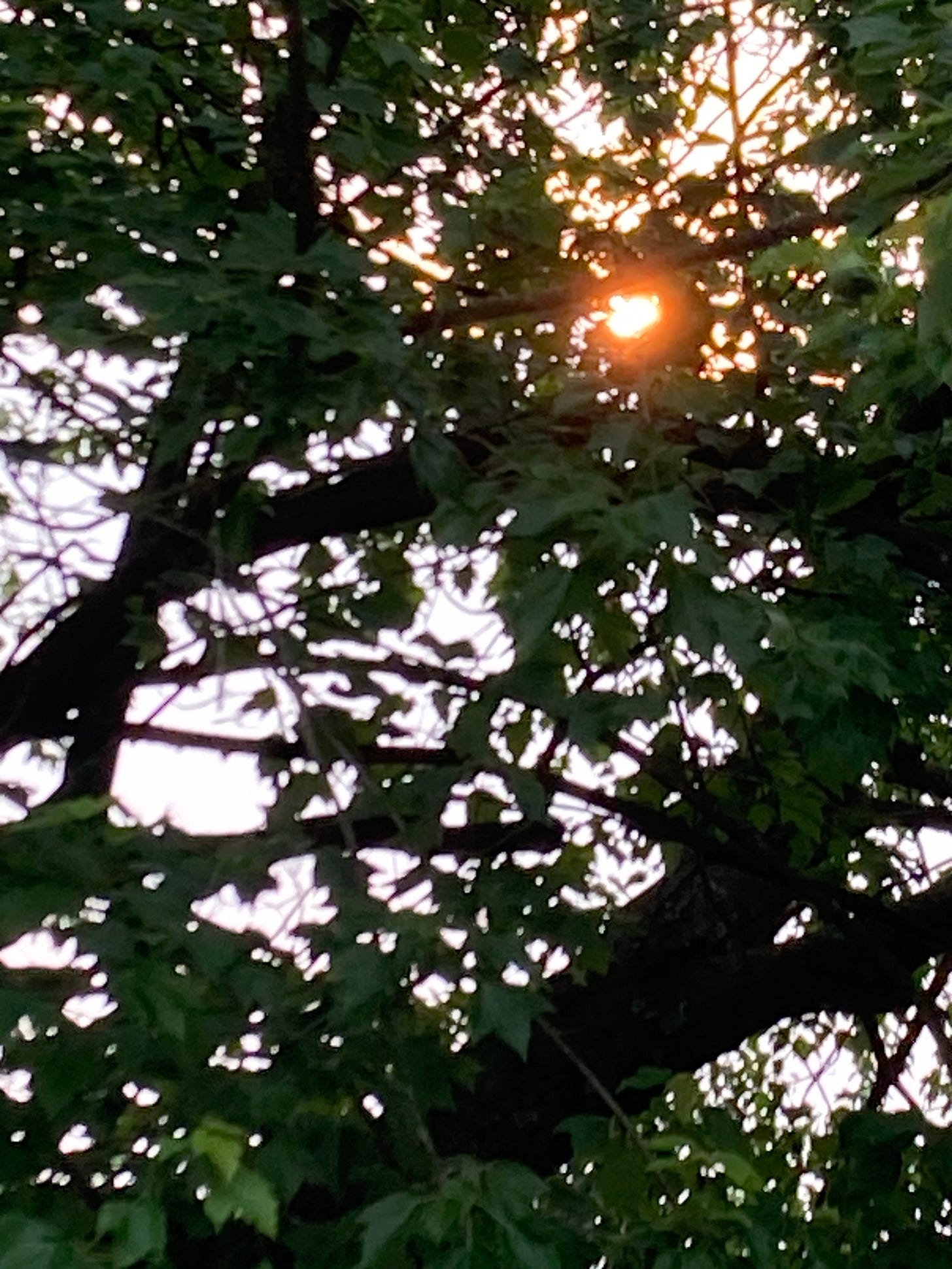As a graduate student in plant ecology, I learned about competition in all its many forms. But I was truly fascinated by mutualisms and other symbiotic relationships. We talked about how mycorrhizae might influence the prairie plant communities we were studying and trying to restore, as well as how bison wallows created micro-habitats that allowed species to flourish where they might not be able to grow at all otherwise.
Science has progressed, but still the emphasis is on competition. I look forward to seeing what a new generation of scientists—including my daughter, Marina—brings to the mix! And what better place to nurture new perspectives than College of the Atlantic (COA). All students at COA study human ecology, the relationship between humans and their environments. This strongly interdisciplinary field gives students the freedom to explore widely, through coursework as well as experiential and leadership opportunities. Who knows what they’ll discover!
Interview: Marina Schnell
What sort of work do you do?
I am an undergraduate student at College of the Atlantic in Maine. Last summer, I was a member of the research crew at the remote research station on Mount Desert Rock, where I studied marine intertidal organisms. This summer, I’m returning as station manager and will continue my intertidal work.
What aspect of your work are you currently most excited about?
I recently took a class called Cross-Kingdom Interactions, which sparked my interest in symbiosis. We discussed the complexity of relationships among all kinds of organisms, beyond labels of mutualism and parasitism. There are wasps whose ovaries don’t develop without their resident bacteria! Our agricultural systems depend upon organisms living in the guts of cows and in the roots of legumes. Our own cells likely evolved from a symbiotic interaction between ancient cells and mitochondria. Interdependence is the rule rather than the exception. I want to see this idea become central to ecology and conservation, and I’m trying to figure out how to fit it into my own work.
How are science, art, and writing part of your work, and how is the interaction between these areas important to you?
I recently took an intensive field course that included field sketching, and I came to appreciate how drawing forces me to understand the way organisms are put together, from the way a limb meets the body to the map of veins in a leaf. For me, sketching from life has become more about the process of observation than the final drawing I produce. I am also a potter, and playing with clay is a way for me to get out of my head when I’m stuck. I’m always excited to find new symbioses between science and art, and writing is a way for me to communicate with other people and with myself, examining and clarifying my ideas as I make them more concrete.
Is there a particular scientific/environmental problem that feels important to you? What do you do about that?
Like many people who work with science, I face the problem of how to get people to care. The intertidal organisms I study—snails, seaweed, hydroids—are not commercially valuable, and most of them are not immediately appealing to the general public. I study them because I find them fascinating and beautiful, but sometimes the only way to get people to appreciate (and protect) an organism is to demonstrate its direct benefit to humans. I want to help people understand that life on Earth is so much more interconnected than we ever imagined, so they can be motivated even by self-interest to protect a wide range of organisms.

How does your identity affect your work?
I am queer, and realizing this forced me to reimagine the way I fit in the world. It’s a continuous process of fending off assumptions and making something new. It’s not always easy, but I wouldn’t trade it for anything. There’s a parallel between this and my scientific work: good science requires constant questioning and evolution and willingness to consider options other than those traditionally offered.
Who influences and inspires you?
I am inspired by people who are in love with the organisms they study and who find creative ways to share that love. I was lucky to work with Dr. Sarah Courchesne during two gull-banding seasons on Appledore Island while I was in high school. Her compassionate work with the gulls is incredibly inspiring to me, along with her lovely and raw writing and art.
If you could have a day to hang out with anyone in history, who would you choose, and why? (Question from Yvea Moore, who was featured on the Science, Art, Writing, and Community issue of Twig & Ink.)
I’d like to spend a day with Lynn Margulis, a biologist who proposed that symbiosis is the driving force of evolution and genetic variation. This was (still is!) a controversial alternative to the traditional competition-centered view of evolution. Her creativity is fascinating to me and I would love to get a glimpse of how she saw the world.
Branching Out
Rooted (Stuff I like, maybe slightly off topic.):
Please visit me at Swale House on Governors Island in New York City! I’ll be there as an Artist-in-Residence from June 26-30th, and we’ll be open to the public for a weekend program on Saturday, July 1st and Sunday, July 2nd (noon to 5pm both days).
My residency and the weekend program are part of Creature Conserve’s Re-Imagining Conservation Exhibit, which includes work by 21 artists, 10 writers, and 2 performers from five countries. I’m excited to be part of it!
If you stop by while I’m there, you can make a tiny print and contribute a leaf to the Communi-tree—an assemblage of prints and stories about trees and the animals and soil organisms associated with them—which will be on display until November 5th.
Thank you so much to Heather McMordie, Derek Russell, Creature Conserve, Margaret Boozer (with Urban Soils Institute), and Swale House founder Mary Mattingly for their support.
Rounded (Preview of coming attractions.):
Artist Jenn Houle is doing some creative community work with her Plant Paint Cross-Pollinate project. More on that coming soon!
Reaching (A question for you!):
How does science inform your art and writing?

